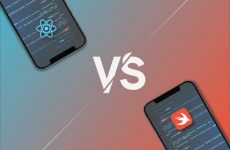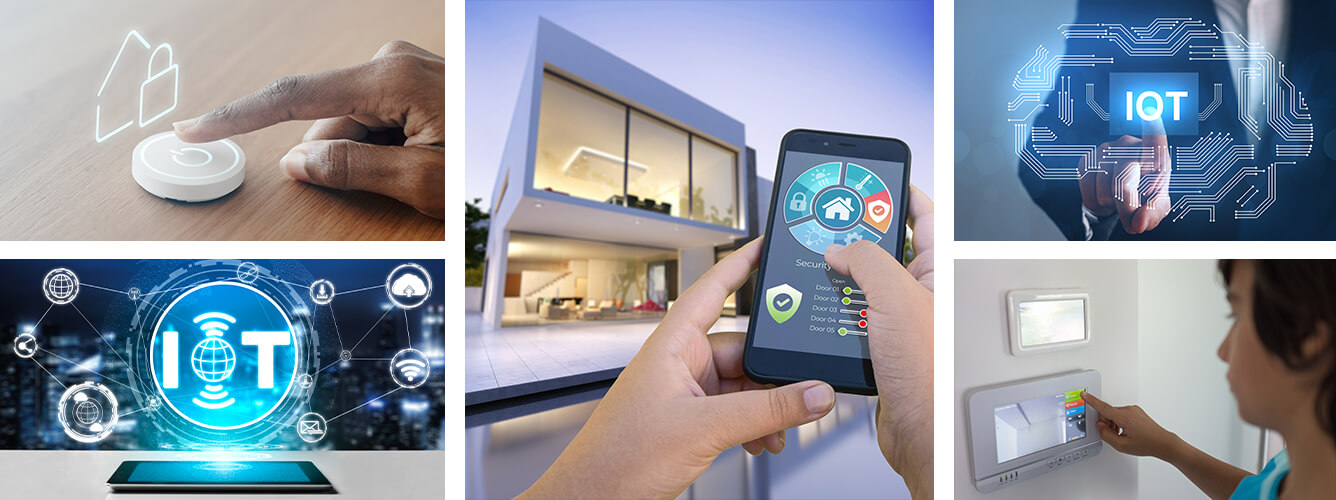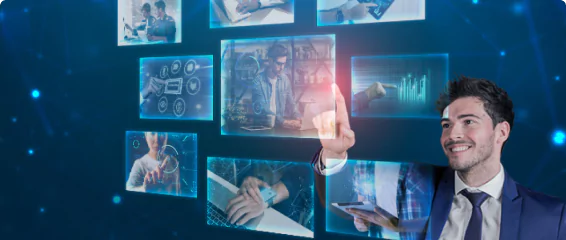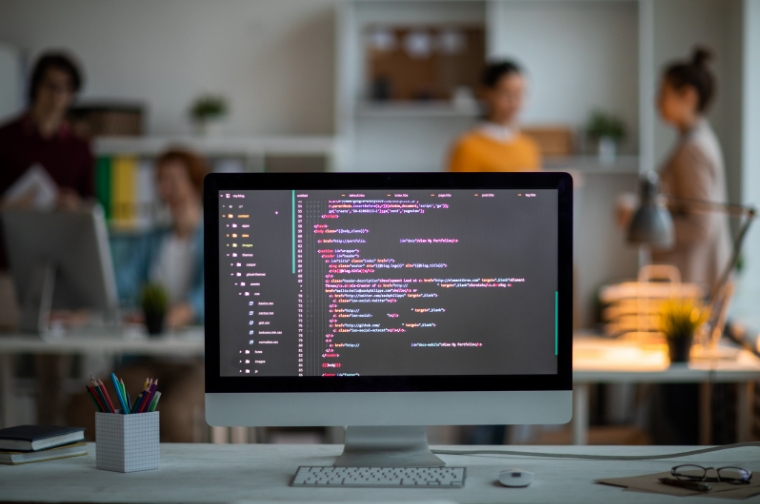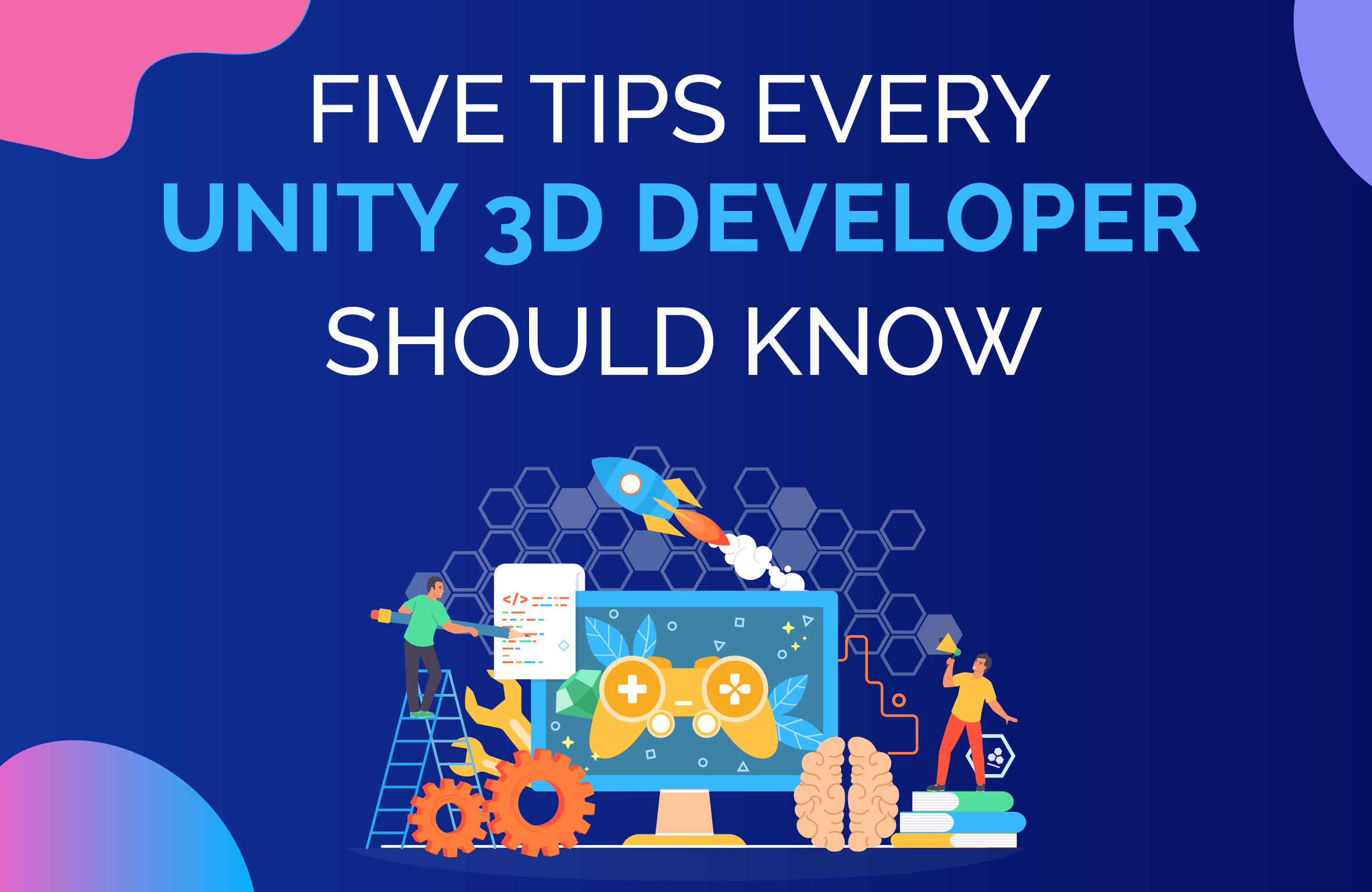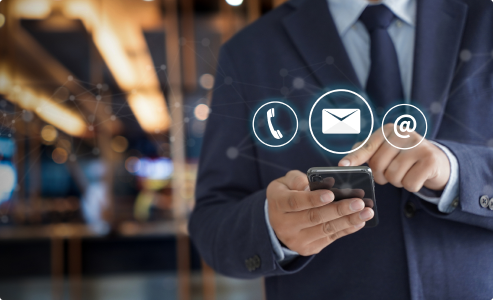There is euphoria at the moment about the Internet of Things (IoT) and its impact on our lives. The Internet of Things is everywhere. So, what is this Internet of Things? How does it work? Is it necessary? In simple language, it is a concept of connecting all the machines to the internet. These things may include your microwave, your TV, self-driving car, wearable fitness device to measure your heart rate, toaster, security camera, light bulbs, refrigerator, and the list goes on and on.
In technical terms, IoT refers to any system of machines that uses the internet to accept and send data without human intervention. For example, a smart thermostat receives your location details from your smart car while you are travelling. Without any human intervention, it uses those details to set the temperature of your home before you arrive. That way, the result that you get is more desirable as compared to the manually adjusted thermostat.
A typical IoT system works by continuously sending, receiving, and analyzing data in a closed-loop. The ability of things to do this makes them smart. Consider your smartphone; if you want to watch a movie on it, all you need to do is type the movie name on a specific application in your phone and watch it online or else download it to watch later. That does not mean that your phone has every movie stored in it. It means the movies are stored somewhere and that you are using the internet to access a particular movie on your smartphone. For a machine to be smart, it should be able to connect via the internet to a supercomputer. In the IoT, the machines connected to the internet are of 3 types:
- Machines that collect and send data
That includes sensors, such as temperature sensors, light sensors, motion sensors, moisture sensors, etc. A moisture sensor on a farm will help the farmers know when they need to water their crops. Thus, the farmer can avoid watering his farm too much or too little.
Our five senses help us make sense of the world, the electronic sensors help machines understandthe surrounding conditions.
- Machines that receive data and act on it
Examples are, yourcar keys signal the door tolock/unlock, a 3D printer printing a model on receiving data from a computer placed somewhere else, etc.
- Machines that do both
Machines that can do both; collect and send data and also receive data and act accordingly.
Going back to the farming instance, the data about soil moisture collected suing moisture sensors can automatically signal the irrigation system to turn on/off as needed. Thus the human intervention is done away.
Certain modifications are made to the irrigation system so that it receives data about the weather conditions from the internet. Accordingly, it can know when it will rain. We can add other sensors for collecting information about the air quality, light, temperature, and other such parameters. Together all these sensors will help you get a much better result.
Let us have a look at the ten coolest iot devices around us that have made our lives easy!
- Fitness tracker
IoT enabled fitness tracker are a must for a health-conscious person. IoTenabled fitness trackers such as wristbands and watches; help you track your heart rate, body temperature, sweat levels, oxygen levels in the blood, and so on. Armed with this biometric information, you can monitor your fitness goals.
- Smartwatch
Smartwatches connect to a cell phone/ tablet and send emergency alerts, read messages, play music, make a call. A person wearing a smartwatch can answer a call by just pressing a button on his/her smartwatch. Also, GPS tracking enables you to track any area using your smartwatch.
- Smart homes
Smart homes have become the trend these days. Smart homes enable you to do so many things when you are not at home. Like you can use your smartphone to switch on the air conditioner before reaching home or unlock the doors to your house for friends for temporary access. Also, you can switch off the lights even after you have left home.
IoT is making our lives simpler by all this. Smart homes are becoming as common as smartphones these days. They help save time, energy, and money as well. Smart home companies strive hard to deliver a never seen experience for us.
- IoT in agriculture
With the ever-increasing population, the demand for food has drastically increased. The governments are encouraging farmers to use advanced methods to increase the production of food.
IoT can help do that. As seen in the above example, farmers can use IoT for getting meaningful insights from the information collected via sensors to generate better returns on investment.

- Industrial IoT
Do you know that with Industrial IoT, you can monitor the working of your machines in another geographical location?
It is also called IIoT. It is creating intelligent machines by empowering them with sensors, software, and internet connectivity. These machines can more accurately communicate through data and help companies pick problems sooner. IIoT helps keep a tab on tracking goods to real-time exchange of information related to inventory.
- Child and pet finder
So, you’re child and pet are playing ina garden, and you just for a second look somewhere else. And you realize that they are missing! That is a nightmare for anyone!
But with IoT enabled child and pet finder, you don’t have to worry about it. An IoT-connected device connected to your smartphone can track your child’s or pet’s location in real-time. That ensures you always know where your pet or child is. Pretty comforting, isn’t it?
- Pollution warning
With the pollution levels increasing at an alarming rate, it has become necessary to control it. The vehicles are responsible for a significant amount of pollution. So how do we manage it? How do we check the pollution levels in a region? Well, we have Sensors fitted in a particular region for detecting the pollutants emitted from vehicles. The real-time updates received from such sensors can help the government agencies take required steps quickly.
- Smart refrigerator
Have you ever kept food in a refrigerator and forgotten about it completely only to later realize that it has spoiled?
IoT comes to your rescue to help you avoid that from happening. The sensors and cameras attached to the smart refrigerators allow you to monitor spoiled food items without opening its door. That way you can keep a tab of the food that you keep in it. Also, it helps prevent the wastage of food as the food is prevented from getting spoilt.
- Smart energy management
Smart grids collect information and use that data to analyze the behaviour of electricity consumers & suppliers. That helps improve the efficiency and the economics of electricity use. Also, they can detect power outages more quickly at the individual household level.
- IoT in health care
The wearable bands around a patient’s wrist are IoT enabled. They provide data such as the patient’s blood pressure, heart rate and other such things. The connected system gives collected data that helps in the personalized analysis of any individual’s health and provides custom made strategies to overcome any illness. With healthcare IoT, medical professionals are able to keep a better tab on their patients. The information collected from IoT devices helps the doctors identify the best possible treatment for their patients. Also, these devices help manage the pharmacy inventory.
Now that you are aware of how essential IoT is and how easier it has made our lives, it makes sense to Hire IOT developer. The scope for IoT will only increase in the future as it has made our lives simpler. Not just that, it also helps save power and money.
You can Hire IOT developerIndia professionals who are adeptin developingtailored Internet of Things solutions. They will help you reshape your complicated businesses operations into straightforward ones.

